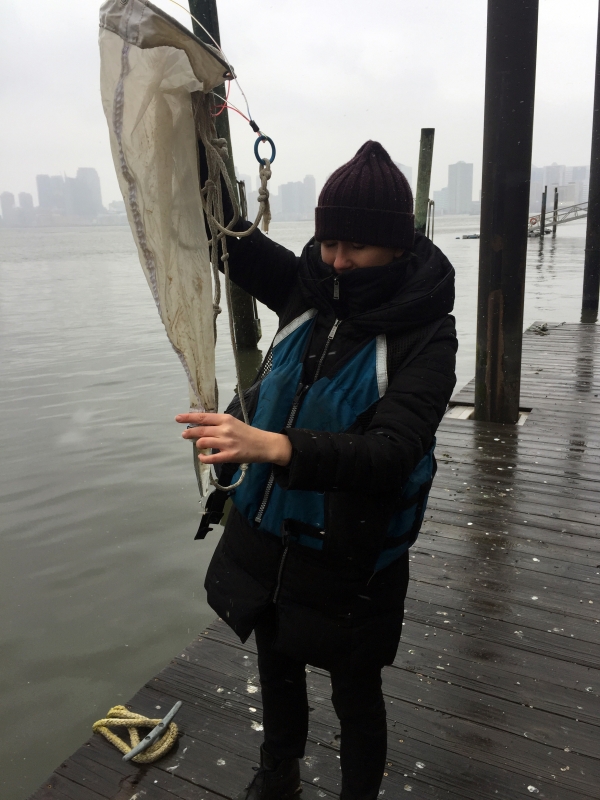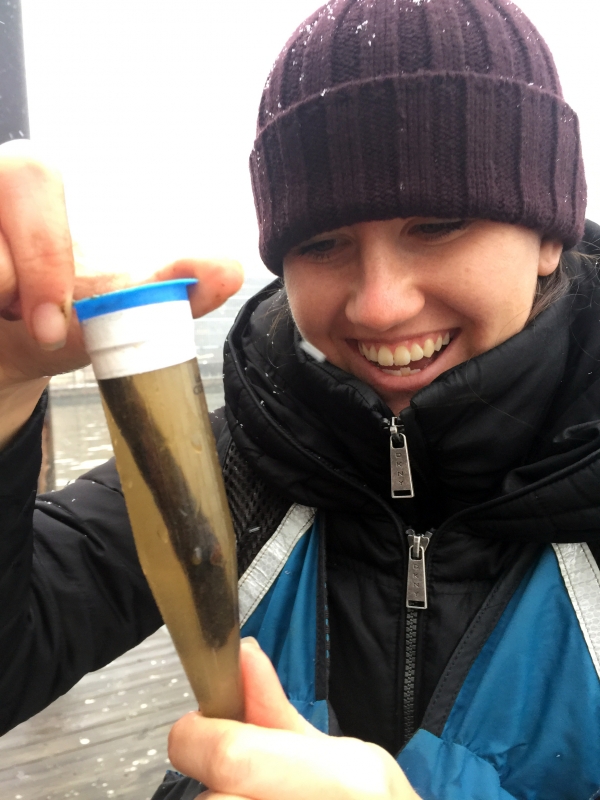Have you noticed a strong green hue in the river this past week? Right now our waters are experiencing a huge midwinter phytoplankton bloom. These microscopic plants, whose populations in the Hudson River and the Northern Atlantic spike this time of year, provide the world with over half of its oxygen.
So, what makes phytoplankton so dominant in the river right now? Cold water temperatures cause the grazers that eat phytoplankton—such as mussels, barnacles and oysters—to reduce their feeding. Plus, as winter storms come to an end, we see more pronounced vertical stratification and increased nutrient levels in the river.
This confluence of phytoplankton-friendly conditions causes an explosive increase in the microscopic plants near the sunnier surface of the river. Just like land-based plants, phytoplankton contain chlorophyll—a green pigment essential for plants to conduct photosynthesis—which is currently evident in the color of our waters.
The Park regularly monitors the river for different water quality indicators, including plankton diversity and abundance. We conduct plankton tows by pulling an incredibly fine net (100 micrometers) below the river’s surface to collect floating particles into a tube for Park staff to analyze under a dissecting microscope. Last week, a plankton tow came up full of phytoplankton, including thousands of diatoms and dinoflagellates.
We’re always amazed by this first bloom because of the sheer abundance of phytoplankton seen in a single drop of water under a microscope. The phytoplankton bloom arrives with the reassurance that the springtime blooms of our land-based plants are on their way.

